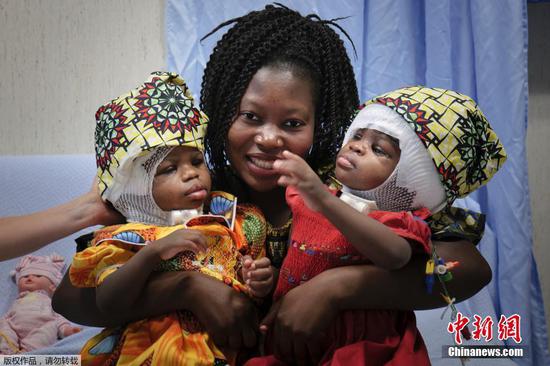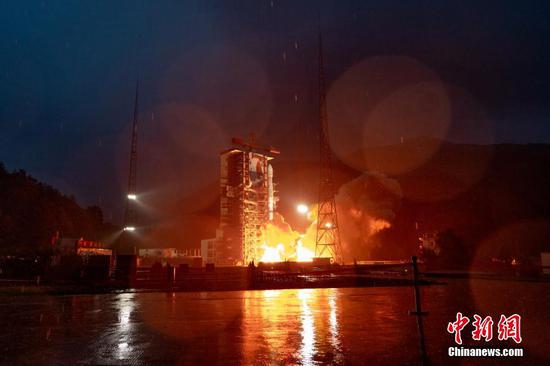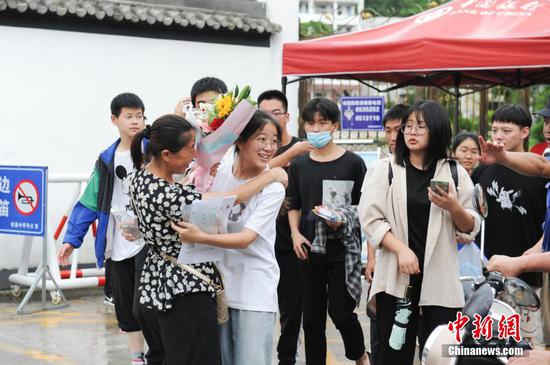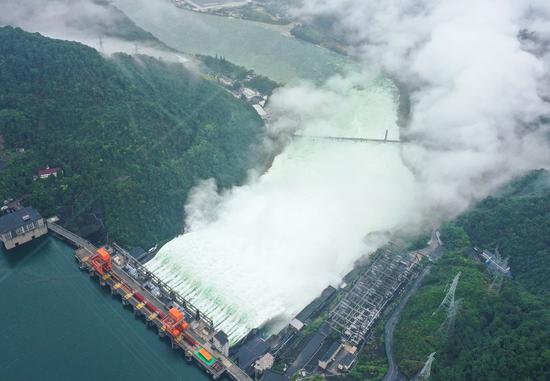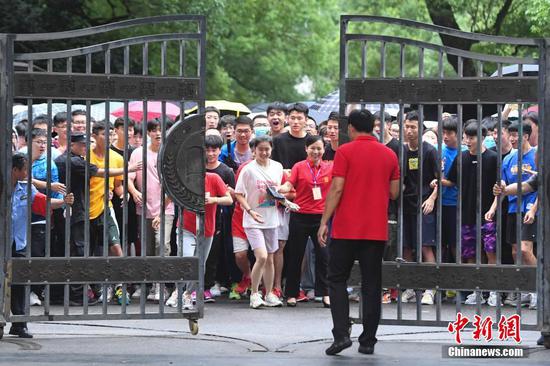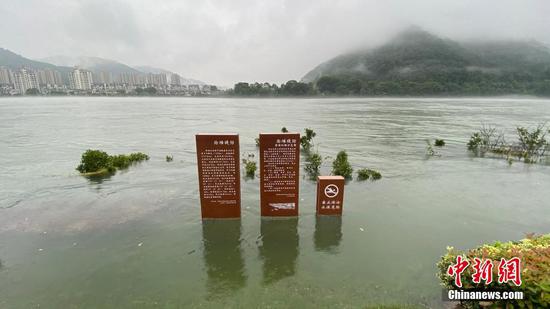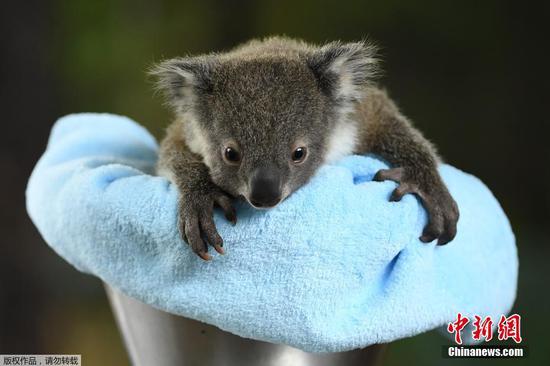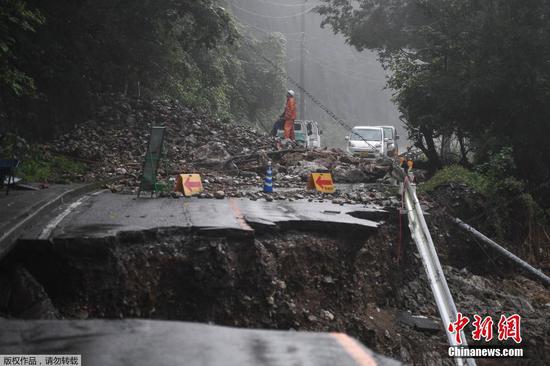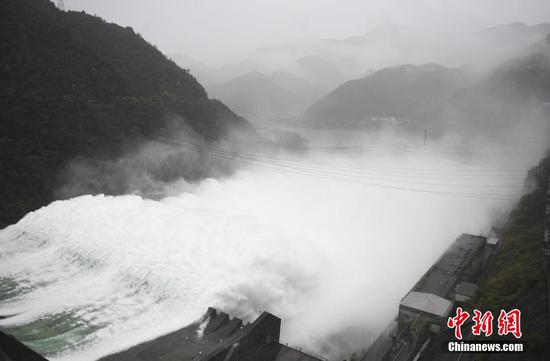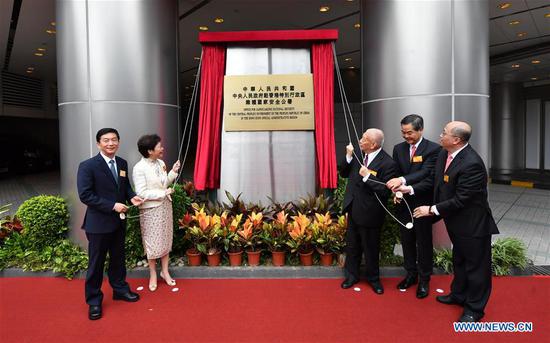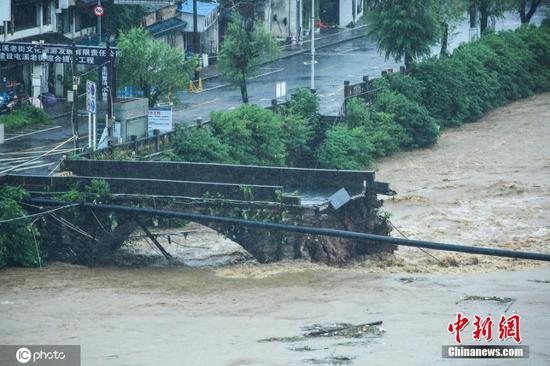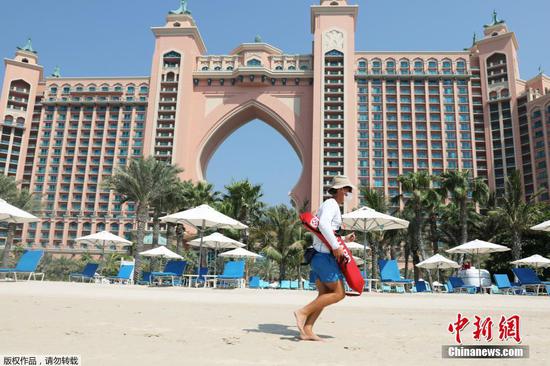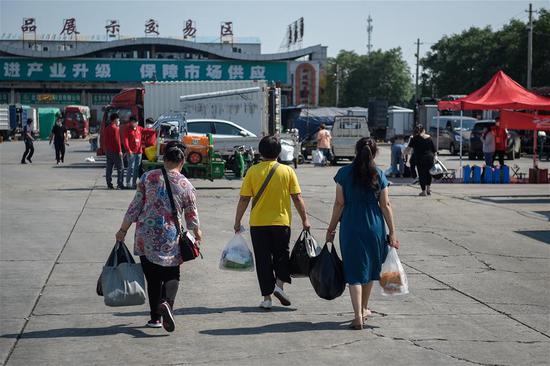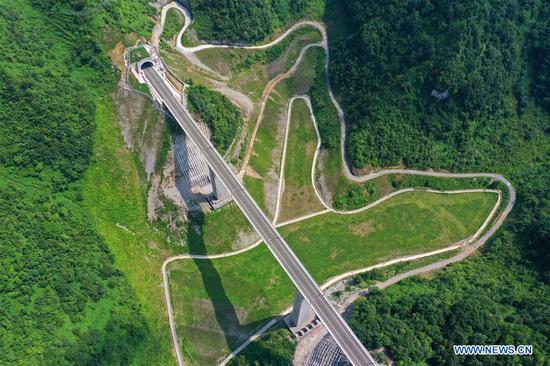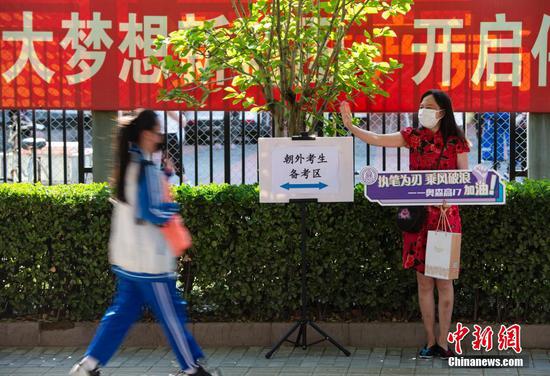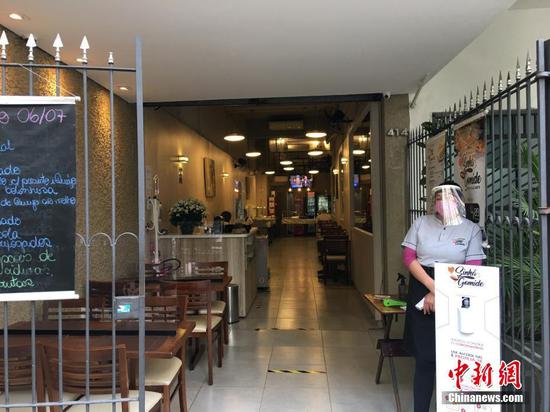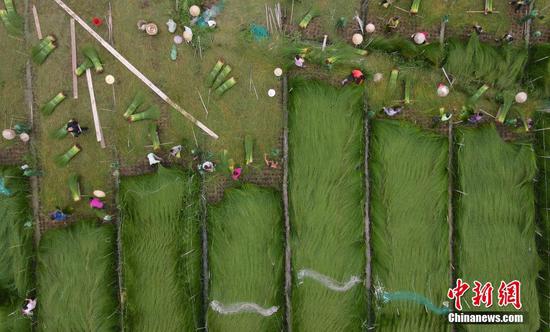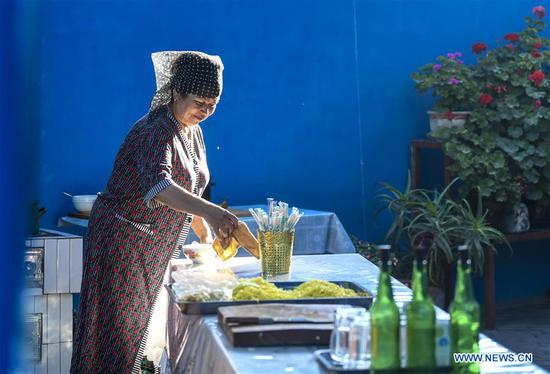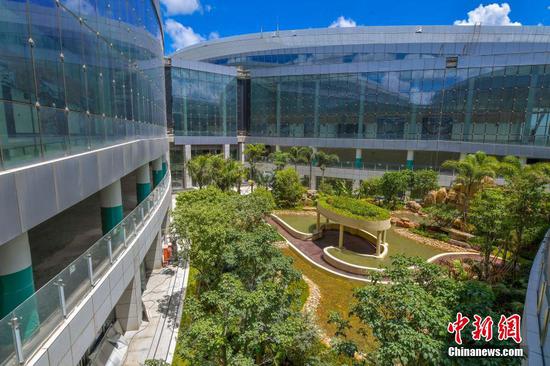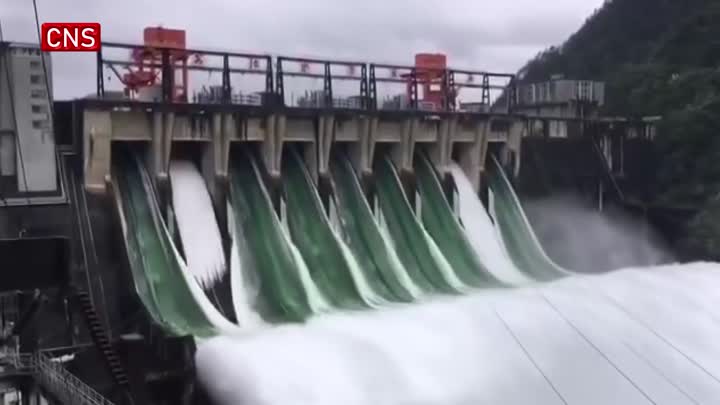
A worker checks a vehicle at an auto plant in Changchun, Jilin province, July 3, 2020. (Photo/Xinhua)
China's economy may return to the expansion mode from the second quarter after a sharp contraction in the first quarter, and the country's policies will remain supportive for the rest of the year to help the economy advance steadily out of the COVID-19 pandemic, experts said.
The country is scheduled to release a set of key economic data this week on second-quarter GDP, trade, investment, industrial production and retail sales.
While the government has abandoned setting a specific growth target for this year, much attention remains focused on the second-quarter GDP growth rate as it will shed light on the outlook for the world's second-largest economy and Beijing's future policy direction.
Most economists expect the country's GDP growth rate to turn positive in the second quarter with some projecting growth as high as 3 percent, a sharp rebound from the 6.8 percent contraction in the previous quarter.
The optimistic views reinforced expectations that China's economic recovery will continue in the coming quarters, driven by further improvement of domestic demand and investment along with continuous policy support in key areas including employment and corporate operations.
Some economists forecast that China's GDP growth could rebound to around 6 percent in the second half of the year and the country may achieve full-year growth of around 2 to 3 percent.
The recent economic data continued to indicate that China's economy is recovering strongly as both the official and private purchasing managers indexes for the manufacturing and services sectors showed strong expansion in June compared with the previous month.
The country's industrial production is expected to continue to edge higher while the contraction in retail sales is expected to narrow to around zero in June from-2.8 percent in May. Growth in fixed-asset investment will remain robust with infrastructure investment expanding at a double-digit rate thanks to abundant government funding, economists said.
"Economic recovery should continue, following the recent rebound in the second quarter. Domestic consumption will likely improve further with continued policy support and the normalization of economic activity," said Wang Tao, chief China economist at Swiss bank UBS.
"We expect policies to remain supportive while the continued recovery lately has reduced incentives for greater stimulus in the short term," Wang said.
The People's Bank of China, the nation's central bank, said on Friday that it will withdraw its special-time monetary policy after fulfilling the objectives amid the COVID-19 outbreak, but this does not mean a shift in the overall direction of monetary policy or a weakening of support for the economy. The policy outlook will remain prudent and flexible by focusing on providing appropriate funding to support economic growth in the second half of the year, said the PBOC.
Economists warned that the better-than-expected rebound does not mean that China's economic recovery will be plain sailing as headwinds and uncertainties remain in the second half of the year.
Wang Jun, chief economist at Zhongyuan Bank, said that the difficulties facing the country's smaller businesses and low-income families may drag down the economic rebound in the second half of 2020.
Wang said that China's fiscal policy support needs to intensify in the second half of the year to ensure sufficient funding for major projects and the protection of people's basic livelihoods. Meanwhile, monetary policy will be more targeted to help lower funding costs for smaller businesses, as there have been signs of marginal policy fine-tuning by the central bank, he added.
The uncertainties resulting from China-U.S. disputes in trade and the technology sector and the decline of the global economy may also pose risks for China as these factors could hit the country's exports. In addition, the possibility of a re-escalation of the COVID-19 pandemic as the weather cools down in the third and fourth quarters also means that policy easing may step up again, economists said.
"We should not underestimate the destruction caused by the pandemic on the global value chain, and China will need to continue its policy support to shore up demand, expand investment and adjust its export structure to ensure stable growth," said Xu Hongcai, deputy director of the China Association of Policy Sciences' economic policy committee.










